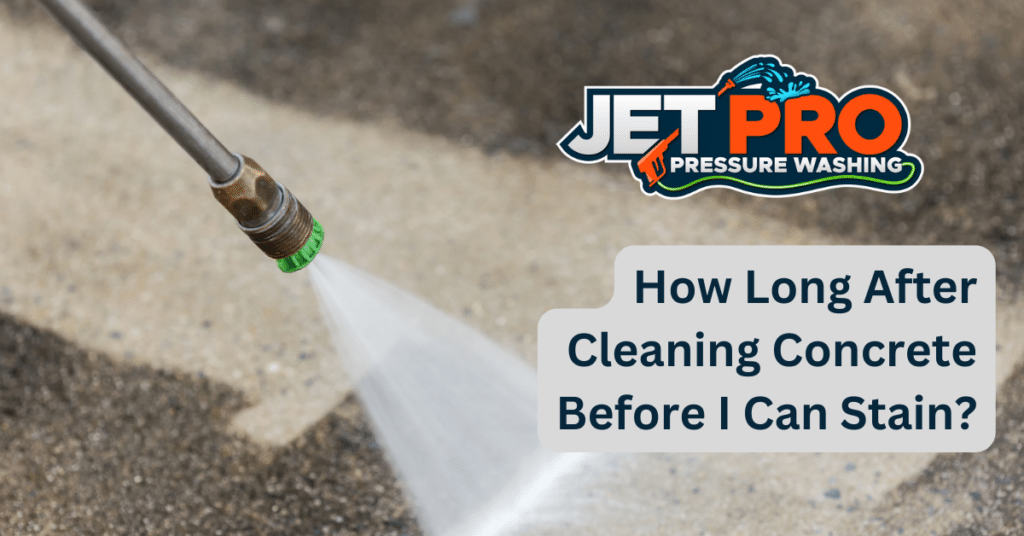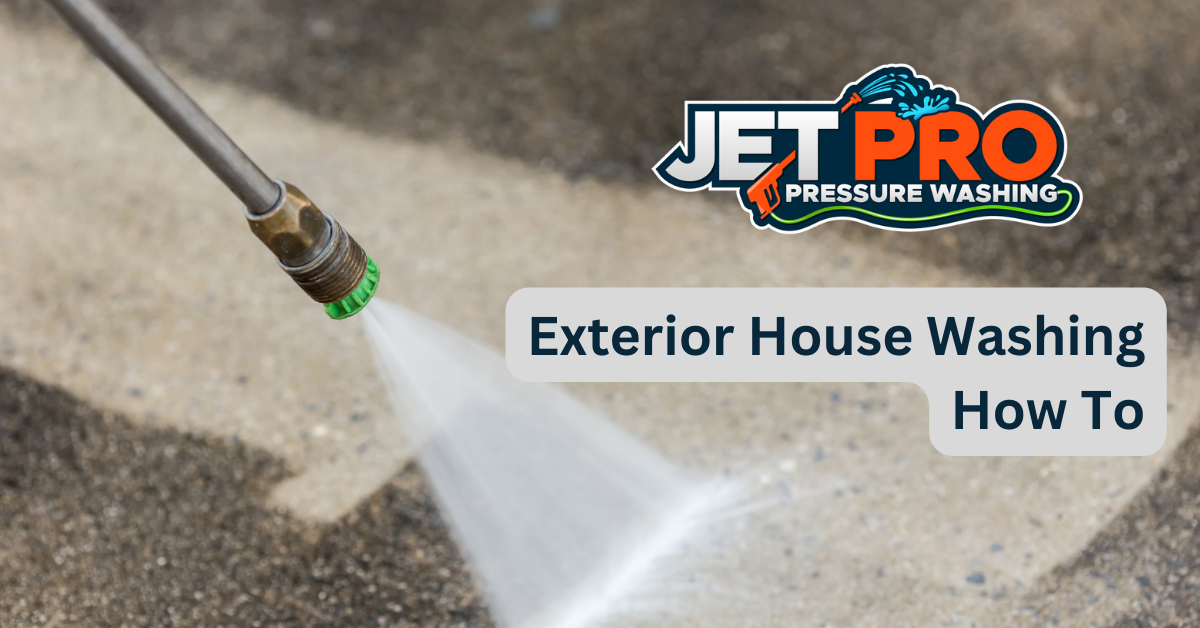Cleaning a concrete surface in preparation for staining can be a meticulous task. However, with the proper knowledge, you can successfully prepare the surface. Additionally, if you require professional concrete cleaning solutions, we have a variety of options available to suit your needs.
First, clear the area of any obstructions such as furniture or debris. Next, clean the concrete thoroughly to remove any dirt, oil, or other residue. This can be done using a pressure washer, scrub brush, or a combination of the two. If you’re wondering what kind of grinder to use for cleaning glue from concrete or what kind of chemicals you should use in a floor cleaning machine on concrete, it’s important to do your research before starting the process.
After cleaning, it’s crucial to allow the concrete to dry completely before staining. The drying time will depend on the size of the surface area, temperature, and humidity level. Once the concrete is completely dry, you can begin the staining process. By following these steps and taking the necessary precautions, you can ensure that your stained concrete surface looks beautiful and lasts for years to come. And if you’re interested in window cleaning, be sure to check out our other helpful articles on that topic as well!
Prepare the Area
Preparation of the area is a necessary step in the process of staining concrete. This involves removing any dirt, dust, and debris from the concrete surface. This can be done by using a broom, dustpan, and vacuum cleaner to sweep the area.
It is also important to remove any oil, grease, or other foreign matter from the surface. This can be done with a degreaser or a detergent specifically designed for concrete.
After the area has been cleaned, it is important to let the concrete dry completely before staining. The time this takes can vary depending on the temperature and humidity of the environment, but it is generally recommended to wait at least 24 hours before staining.
Once the concrete has dried, it is ready to be stained.
Clean the Concrete
Cleaning concrete is an important step for achieving a successful stain job. Pressure washing the surface is the first step in cleaning and should be done to remove dirt, grime, and other debris.
Grease and oil stains can be difficult to remove and may require the use of a degreaser. It is important to use a degreaser specifically designed for the concrete surface to ensure that it is properly cleaned.
Pressure wash the surface
Pressure washing the surface is necessary to ensure the removal of dirt and debris prior to staining. It is an effective way to remove any dirt or grime that may have become stuck to the surface of the concrete. Pressure washing is also effective in removing any paint, oil, or other contaminants that may be present.
The pressure of the water is strong enough to remove any stubborn dirt or debris that may be present. In addition, it won’t damage the surface of the concrete. After pressure washing, it is important to allow the concrete to dry completely before attempting to stain it.
It is typically recommended to wait at least 24 hours before proceeding with staining the concrete. Waiting for the concrete to dry will ensure that the stain will adhere properly and not be affected by any additional moisture.
Remove oil and grease stains
It is essential to remove any oil and grease stains prior to staining the surface in order to ensure the longevity of the stain and achieve the desired results.
Cleaning products specifically formulated to remove oil and grease stains should be used to avoid damaging the concrete.
It is important to allow the surface to dry completely before applying the product, to ensure the best results.
After the cleaner has been applied, it should be scrubbed with a firm bristled brush to ensure all of the stains are removed.
Once the stains have been removed, the area should be rinsed with clean water.
The surface should be allowed to dry before any staining is attempted.
Use a degreaser if necessary
In extreme cases, a degreaser may be required to completely remove oil and grease residue. This type of cleaning agent is not recommended for use on concrete that will be stained, as it can damage the surface. However, if the stain is particularly difficult to remove, a degreaser may be the only option.
When using a degreaser, it is important to read the manufacturer’s instructions and follow them exactly. This is the only way to ensure that the degreaser will not harm the concrete. After the degreaser has been applied, it is important to thoroughly rinse the area with clean water to remove all traces. Otherwise, the degreaser may stay in the concrete and cause discoloration if left.
Once the degreaser has been completely removed, the concrete should be allowed to dry completely before any staining is done.
Allow the Concrete to Dry
Allowing the concrete to dry is essential for successful staining. Concrete must be completely dry before staining, and the amount of time necessary for drying will depend on the type of concrete, the temperature, and the humidity. If the concrete is too moist, the stain will not adhere properly.
To ensure the concrete is completely dry, it is recommended to wait at least 24 hours before attempting to stain. Wood or other materials should also be removed before staining, as they may absorb moisture and impede the drying process.
It is also important to check the concrete’s moisture content before staining. A moisture meter can be used to measure the moisture content of the concrete and determine if it is dry enough for staining. If the moisture content is too high, the stain may fail to adhere or it may cause discolouration.
It is important to be patient and wait for the concrete to dry before applying the stain. If the concrete is exposed to rain or humidity after it has been cleaned, it is important to wait for the surface to dry before attempting to stain. If the concrete is exposed to too much moisture, it will be necessary to wait until the surface is completely dry before attempting to apply the stain.
It is important to be patient and wait for the concrete to dry before staining, as it is essential for a successful result.
Test for Moisture
Testing the moisture content of the surface is necessary to ensure that it is sufficiently dry for staining. There are several ways to do this, including the use of a moisture meter.
This device is inserted into the concrete and can measure the amount of water that is present in the material. It is important to use a digital moisture meter as the readings will be more accurate.
A second option is to use a plastic sheet to cover the concrete and check the surface for condensation. If there is condensation present, it indicates that the concrete is not yet dry.
Finally, a third option is to pour a few drops of water on the surface and observe whether it is absorbed or beads up. If it is absorbed, it is a sign that the surface is dry and ready for staining.
Apply the Stain
Once the concrete surface has been determined to be sufficiently dry, it is time to apply the stain. The stain should be applied in a thin, even coat using a brush, roller, or sprayer. It is important to ensure the stain is applied uniformly, as it will give a more consistent and pleasing finish to the surface.
It is also important to note that the stain should be applied when the temperature is between 50 and 90 degrees Fahrenheit. The stain should be allowed to sit for at least 15 minutes before being wiped off. During this time, the stain should be periodically inspected to ensure it is not drying too quickly or unevenly. If it is drying too quickly or unevenly, additional stain should be applied to even out the coverage.
After the specified waiting period, the excess stain should be wiped off using a damp cloth. The stain should then be allowed to dry for at least 24 hours before any additional coats are applied. It is also important to note that the stain should be sealed in order to protect it. Sealing should be done with a concrete sealer and should be applied according to the manufacturer’s instructions.
Frequently Asked Questions
What type of cleaner should I use?
Using the right type of cleaner is an important step when it comes to preparing concrete for staining. Coincidentally, the type of cleaner used for concrete can have a major impact on the success of a staining project.
It’s important to use a cleaner that is specifically designed to work with concrete, as this will help to ensure the surface is properly prepared for the staining process. Generally, cleaners designed for concrete will be acid-based, so it is important to take care when handling them and to follow the manufacturer’s instructions for use.
Using the right type of cleaner is the key to a successful concrete staining project.
How many coats of stain should I apply?
When staining concrete, the number of coats of stain to apply will depend on the type of stain, as well as the desired effect.
For light-colored stains, one coat may be sufficient, while darker stains may require multiple coats.
It is important to allow sufficient drying time between coats to ensure that the stain adheres to the surface properly and does not streak or fade.
Additionally, it is important to ensure that the surface is clean before applying the stain, as any dirt or debris can cause the stain to look uneven.
What type of brush should I use for staining?
When it comes to staining concrete, the type of brush you choose can make or break the project. Natural bristle brushes are preferred for most types of stains, as they can hold more stain and spread it more evenly.
Synthetic bristles, on the other hand, are better suited for water-based stains due to their ability to absorb and release the liquid quickly. For oil-based stains, however, natural bristles are the better choice.
Regardless of the type of stain, it’s essential to use a brush with soft, flexible bristles to ensure an even coat of stain and a smooth finish.
What is the best way to protect the stain after it has been applied?
The best way to protect a stain after it has been applied is to seal it.
Sealing the stain will help to protect it from dirt, moisture, and UV rays.
The sealer chosen should be appropriate for the type of surface that has been stained, as well as the type and color of the stain used.
It is important to wait until the stain has fully dried before applying the sealer, as this will ensure maximum protection and prevent any change in color or appearance of the stain.
Can I use a pressure washer to clean the concrete?
Using a pressure washer to clean concrete is an effective and efficient method. It is a great way to remove dirt, debris and other contaminants that can accumulate on the surface over time.
Pressure washers are able to generate a powerful spray of water that is able to penetrate the surface and remove embedded dirt and grime. The pressure of the water is adjustable so that it can be used for a variety of cleaning applications.
However, it is important to be careful with the pressure and not to use too much as it can damage the concrete. It is also important to ensure that the area is completely dry before staining as any moisture left behind can affect the result.
Conclusion
The process of staining concrete is a complex one, requiring careful preparation and attention to detail. It is important to ensure that the concrete is properly cleaned and allowed to dry before applying the stain. This will ensure that the stain adheres properly and that the desired results are achieved.
Additionally, it is important to test for moisture before applying the stain, as this can affect the outcome. By taking the time to properly prepare the area and clean the concrete, one can ensure that the stain will be applied correctly and that the desired results will be achieved.
With the right preparation and attention to detail, one can create a beautiful and lasting finish on their concrete.





